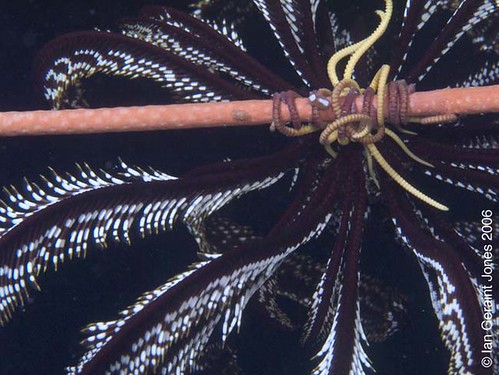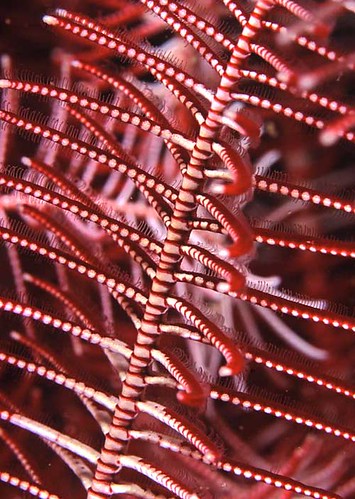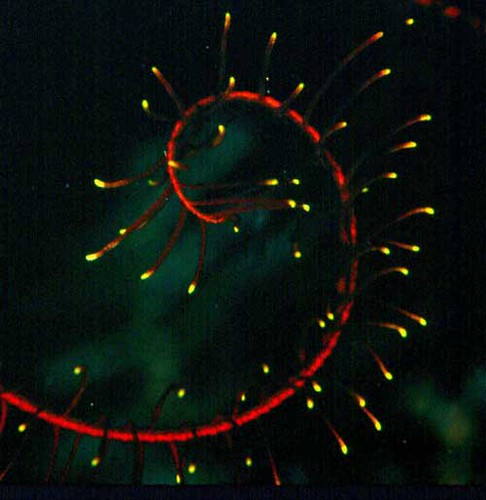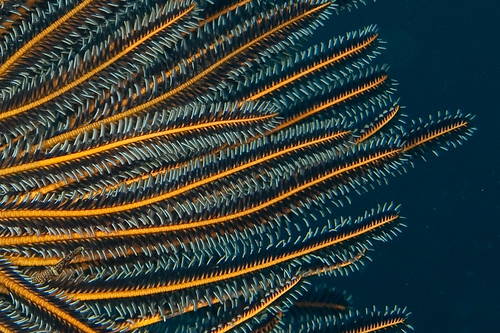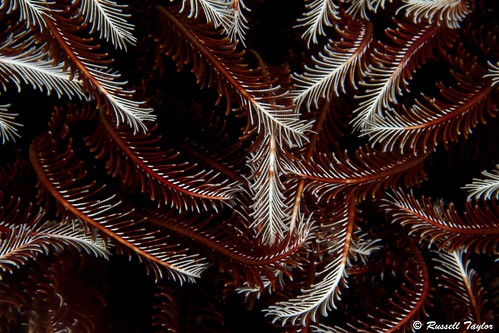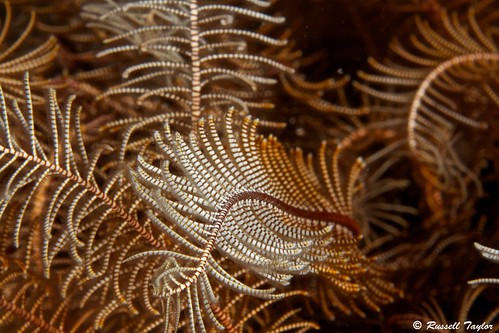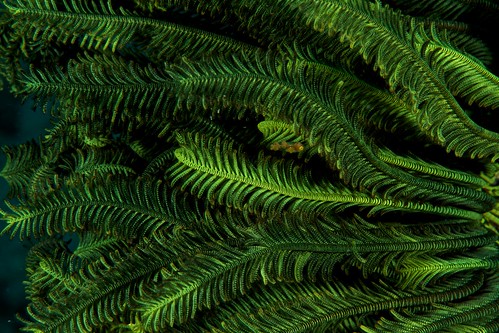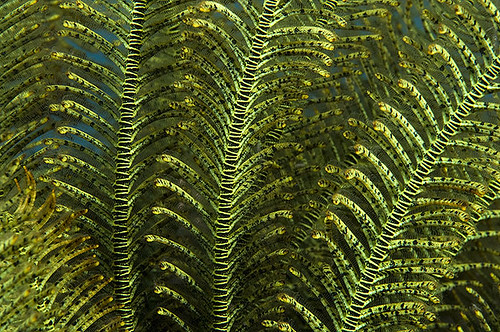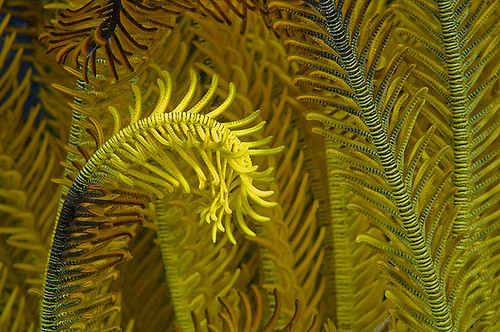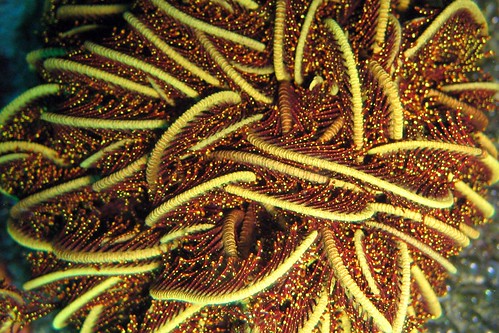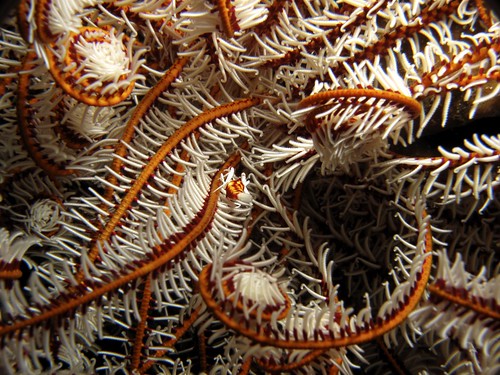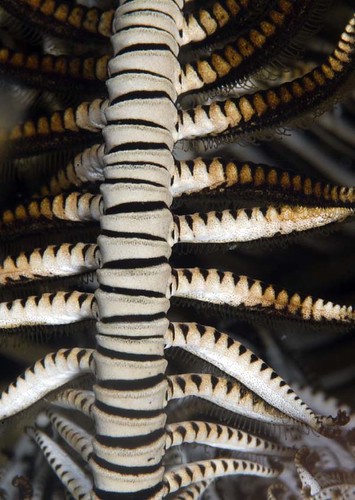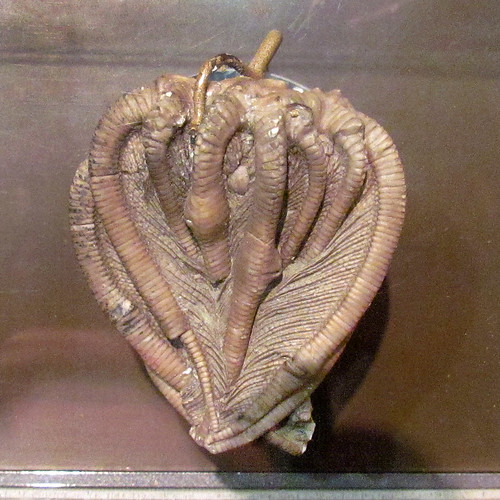 |
| Image from Sollas, 1889 |
Probably one of the great allures of paleontology and studying fossils, especially OLD fossils, is this:
It's Weird.
Its probably (evolutionarily) Important.
Its Rare (or rarely encountered) and we know almost nothing about it.
Enter the Ophiocistioidea!!
These were a group of Paleozoic fossils that occurred in the rock record from
the Early Ordovician to
the Permian (that's about 475 to 254 million years ago!).
Life in the Paleozoic was MUCH different from what we recognize today. Continents and oceans were different and the animals that lived in them were a menagerie of weird evolutionary experiments. Many remain around today, but there are many unusual forms which have been long extinct.
There are plenty of fossils from the Paleozoic but some had weird solutions to problems and often, we lack paleoecological data. So, it can be quite a mystery trying to deduce HOW and WHAT some of those fossils were when they were alive.
Ophiocistioids look like they escaped from a Cthulhu family reunion. The name is composed of the Greek words
ophis ("snake") and
kiste ("box"), (and you can see why below) so the "Snake Box" echinoderms!
These animals were free-living (as far as we can tell) and were basically a low rounded dome-shaped animal with a bunch of tentacle-like, large tube feet emerging from the five radial (=ambulacral) regions.
 |
Image from Sollas, 1889
|
There are a lot of different kinds of ophiocistioid fossils with some 39 species (with the most species present (n=10) in
the Devonian) present in a whopping 15 genera within 6 families found throught the world, but mostly from North America and Europe with some known from Australia.
This might mean there was a huge diversity of them in the past or who knows? Maybe we just found them all. (although the literature suggest new specimens and thus new species are awaiting description!)
A useful paper on diversity of
Ophiocistioidea can be found here by M. Reich and R. Haude.
The first one ever discovered with described in 1889 by W.J. Sollas from the Silurian of the United Kingdom.
What do they look like?? Here's a plate from
a monograph by American paleontologist Charles Schuchert (1915). The top figure "reconstructs" from the animal as seen from the top
and the lower plate shows the mouth and the lower surface facing the ground.
This pic gives you some perspective as to what the animal looks like from the side.. The animal below is called
Gillocystis polypoda from the Devonian of Australia.
 |
| from Jell 1983. Fig 10 of Mem. Ass. Australasian Palaeontols. I, 209-235 |
Here is the ACTUAL fossil of
Gillocystis polypoda to give you a notion of what the fossil looks like by comparison. (These are actually pretty small..the scale bar is about a cm I think?)
The odd one below is called Volchovia and was described from the Ordovician of Russia. It was much different in that its got these much larger plates arranged into a more discrete upside-down vase like shape.
 |
| From the Treatise of Paleontology, Ubaughs 1966 |
Preservation-What part(s) are we seeing?
Complete body fossils of ophiocistioids are pretty rare and as you can see-what you get can be pretty varied.
There are a lot of factors that can affect how readily an animal preserves/fossilizes including the skeleton and relative "stoutness" of the body as well as the liklihood that the environment would be conducive for preservation (in other words-it needs to be buried quickly before the body distintegrates among other things).
In spite of all of these problems, enough fossil material is available that some inference about their life modes has been made. Sometimes you don't get anything left but these tooth like fragments called goniodonts.
Goniodonts are basically part of the jaw-like apparatus that you can see in the cross-section of the animal below. These operate differently from say, sea urchins in their orientation. Note how they are oriented horizontally? It was thought that they operated in more of a "saw" like fashion, shearing off food.
Sometimes, that's it. Like finding teeth from a vertebrate or scales from a fish. You can tell it was there-but that's about it.
How Did They Live??
There really isn't a lot of info on how these animals might have lived, but there is some information...
One of the important things to realize about fossil "paleoecology" is that often times, scientist have to deduce the function of a structure from the external morphology of the animals of interest. We work on the underlying assumption that features will behave similarly to features on modern animals (e.g., teeth serve roughly the same purpose on a Paleozoic tetropod as on a modern cat). This is often what makes it so difficult to work on Paleozoic organisms because sometimes, there is no modern example for comparison...
Haude looked at two ophiocistioids,
Rhenosquama (which resembles
Gillocystis below) which has a more well defined skeleton bearing overlapping proper plates
AND podia (tube feet) that have scales on them
 |
| from Jell 1983. Fig 10 of Mem. Ass. Australasian Palaeontols. I, 209-235 |
The "armored" Rhenosquama (above) was compared to a second "naked" genus, Rotasaccus which had a more weakly developed skeleton but instead had small tiny skeletal bits in the very flexible body wall.
 |
| Echinoblog Art Dept. is awesome and don't you forget it! |
Tube feet between the two were different. The more strongly armored Rhenosquama could probably move more quickly via longer podia versus the podia on Rotasaccus which had podia with an adhesive disk which suggests it could have climbed up surfaces.
Haude (2004) suggested that the longer, more pointed podia (in the armored form) are similar to the tube feet of some sea cucumbers, such as sea pigs
As opposed to the more suckered tube feet which would have given them the capability for climbing surfaces and maybe living in "algal jungles" and other complicated environments.
Importance to Understanding Echinoderm Evolution!
So, amidst all of that discussion of the above discussion of "jaws" and "small skeletal pieces" in the body wall a pattern emerges. One that has not escaped the studious paleontologist.
What modern echinoderm has a jaw arranged into 5 part array set around the mouth like this? With a dome like body?
That's right a SEA URCHIN or echinoid.
But on the other hand, Rotasaccus (and presumably other taxa) have a fleshy body with skeletal bits! This is most like what is found in sea cucumbers!
Ophiocistioids thus, appear to have a morphology INTERMEDIATE BETWEEN SEA URCHINS AND SEA CUCUMBERS.
This has actually been so much the case that they have been historically classified as a member of the "Echinozoa" which supports sea cucumbers and sea urchins as closely related.
One such evolutionary hypothesis (not the only one) is outlined here which posits ophiocistioids as more closely related to sea cucumbers. But I'm sure there have been other arguments may place it more closely to sea urchins.
These fossils invite a lot of intriguing questions that can't simply be explained with extracting DNA from the living members.
Is this form ancestral? or more like a "dead end"?
What about the evolution of the jaw in sea urchins?
Is something like an ophiocistioid closely related to early Paleozoic sea urchins?
What role did such odd but so damn cool looking beasts have in a Paleozoic ecosystem? How does something that look like this, live?
 |
| From the Treatise of Paleontology, Ubaughs 1966 |
Personally, I'm kind of hoping that some of these turn out to be flying, predatory monsters! Ha! Hollywood here I come!
 |
| Image from Sollas, 1889 |



